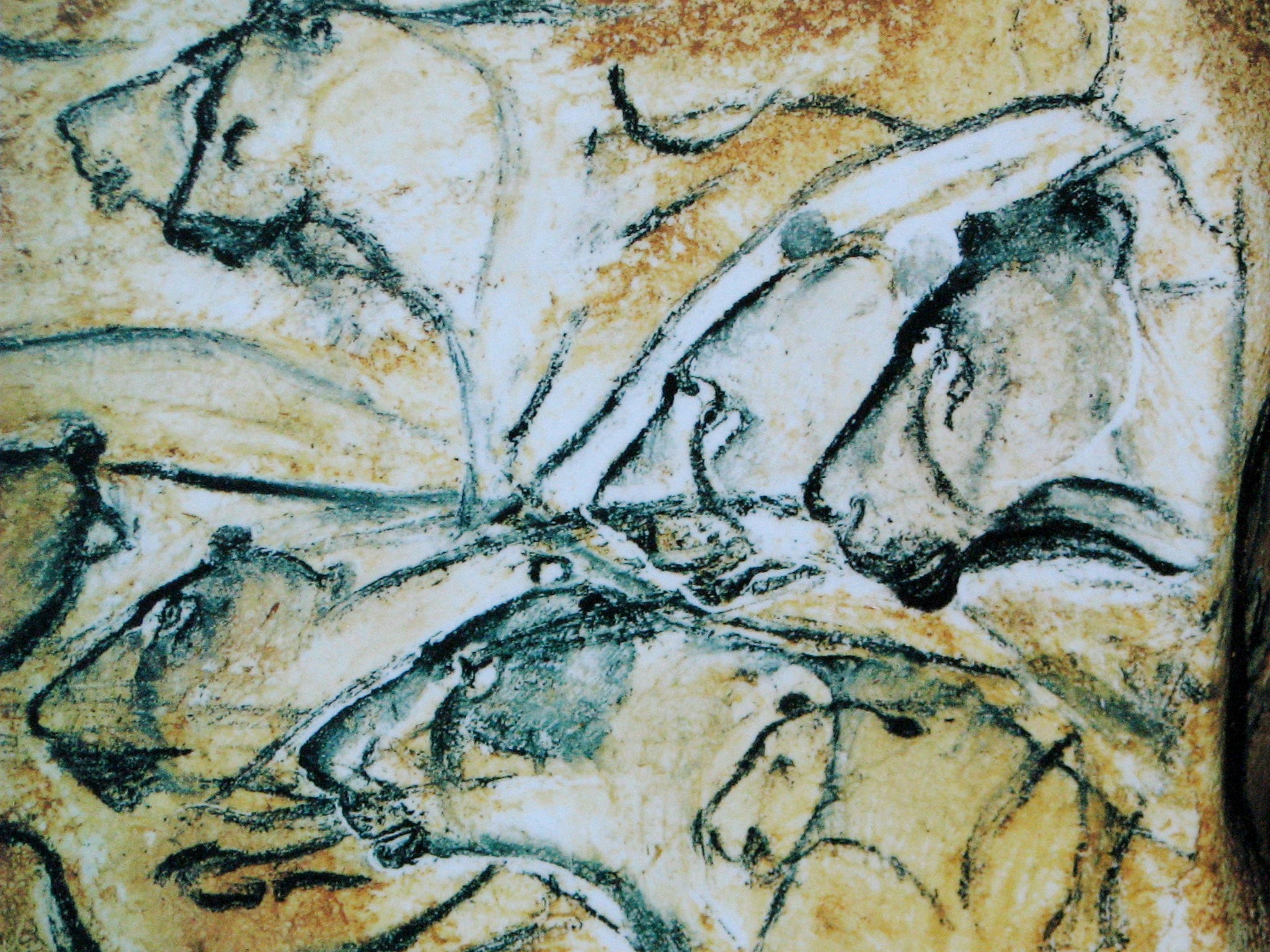Prehistoric autism helped produce much of the world's earliest great art, study says
Harsh Ice Age conditions may have favoured the selection of genes which allowed some humans to focus on tasks in great detail for long periods, scientists believe

Your support helps us to tell the story
From reproductive rights to climate change to Big Tech, The Independent is on the ground when the story is developing. Whether it's investigating the financials of Elon Musk's pro-Trump PAC or producing our latest documentary, 'The A Word', which shines a light on the American women fighting for reproductive rights, we know how important it is to parse out the facts from the messaging.
At such a critical moment in US history, we need reporters on the ground. Your donation allows us to keep sending journalists to speak to both sides of the story.
The Independent is trusted by Americans across the entire political spectrum. And unlike many other quality news outlets, we choose not to lock Americans out of our reporting and analysis with paywalls. We believe quality journalism should be available to everyone, paid for by those who can afford it.
Your support makes all the difference.Much of the world’s earliest great art is likely to have been created by gifted early humans on the autism spectrum, new research by British scientists suggests.
Archaeologists working in conjunction with autism experts have concluded that humans were able to produce the first realistic art some 33,000 years ago because ice age conditions drove the selection of particular combinations of genes.
Harsh conditions favoured the natural selection of genes which predisposed some humans to develop abilities to focus on tasks in great detail for long periods; to perceive their environments in three-dimensional terms in an enhanced way; to develop greater image retention abilities; and to develop greater aptitudes to identify and analyse patterns of geography and movement.
All of these aptitudes, often found in people on the autistic spectrum, allowed ice age humans to make more efficient flint hunting spearheads (a very time-consuming process needing intense detailed focus), to remember in minute detail (and navigate through) thousands of square miles of hunting terrain, and to remember and analyse patterns of animal behaviour.
But these same newly evolved abilities also made it possible to produce realistic art – dramatic and dynamic images of animals from memory and to draw them in perspective (to mimic 3D reality) in artistic compositions reflecting the patterns of nature.
Medical researcher, Barry Wright and archaeologist Penny Spikins, both of the University of York, carried out research on students at the university and found that 4 per cent were on the autistic spectrum. Most had never realised their autistic status and that they owed some of their abilities and skills to the condition. Significantly, the highest levels of hereditary autism are found in populations of Northern European origin, many of whose ancestors would have experienced the challenges of the Ice Age.
Dr Spikins is a specialist in prehistoric culture who has studied Ice Age art.
“We suspect that the early development of inherited autism was in part an evolutionary response to ultra-harsh climatic conditions at the height of the last Ice Age. Without the development of autism-related abilities in some people, it is conceivable that humans would not have been able to survive in a freezing environment in which finding food required enhanced skills”, she said.
“Detail focus is what determines whether you can draw realistically; you need it in order to be a talented realistic artist. This trait is found very commonly in people with autism and rarely occurs in people without it,” she added.
The new research, published by the UK academic journal Open Archaeology this week, means that important aspects of human existence from survival to artistic expression now need to be seen in neurological and evolutionary terms, not just in cultural ones.
Scholars will now look at other key aspects of human cultural development (including earlier technologies, rituals and earlier non-realistic art) to see if they too are products of environmental and evolutionary pressure and resultant neurological change. Fascinatingly, the new research shows that evolution within modern humans was going on long after the emergence of anatomically modern humans around 250,000 years ago. It demonstrates clearly that evolution, even in our own species, never stops.
The key examples of early realistic dynamic Ice Age art have been found in France and Spain at sites like Chauvet, Lascaux and Altamira.
Join our commenting forum
Join thought-provoking conversations, follow other Independent readers and see their replies
Comments